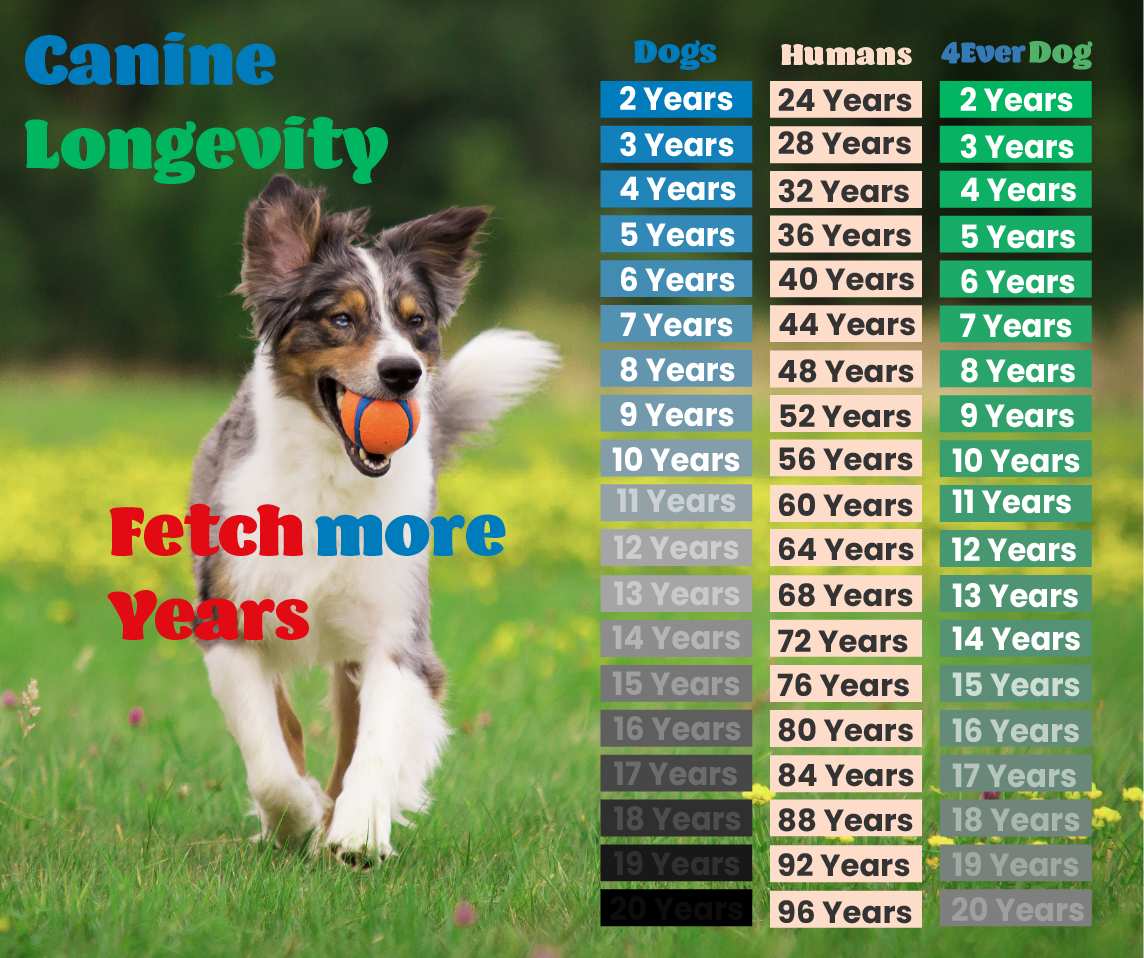Canine longevity differs significantly from humans, as dogs undergo a more accelerated aging process. According to the American Veterinary Medical Association (AVMA), the first year of a puppy's life is equivalent to approximately 15 human years. The second year is roughly nine human years, followed by a canine yearly calculation that corresponds to between four and five human years.
These AVMA estimates focus on dogs weighing 21 to 50 pounds. In this context, medium-sized dogs, which generally have a lifespan of 10 to 12 years, reach a human equivalence of approximately 60 to 69 years.
It's worth noting that the aging process varies among breeds, affecting each dog's health and physical ability uniquely. Similar to humans, old age brings changes in a dog's hearing and vision acuity, as well as mobility. Factors such as skin condition, appetite, and energy levels tend to degrade over the years, manifesting medical conditions like cancer, kidney failure, arthritis, dementia, and joint problems, among other signs of aging.
In general terms, smaller dogs tend to live between 15 and 16 years, medium and large-sized dogs between 10 and 15 years, while giant breeds like mastiffs usually have a lifespan of around 7 to 8 years. The latter reach maturity at a slightly older age than smaller breeds, reaching adulthood around two years, in contrast to the norm of 13 to 15 months for other breeds.
It is crucial to highlight that many age-related diseases in dogs can be effectively controlled if detected early. Monitoring your dog's health and early detection of medical conditions significantly contribute to prolonging their life. Additionally, maintaining a proper weight is essential, as obesity in dogs can reduce their lifespan by more than two years.









